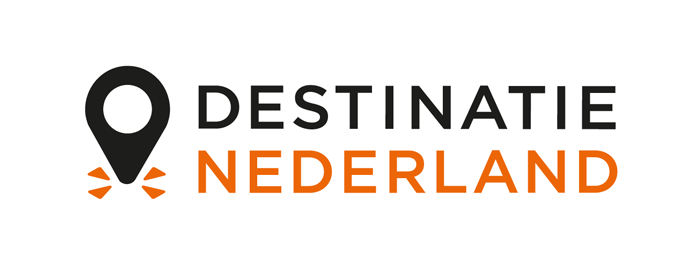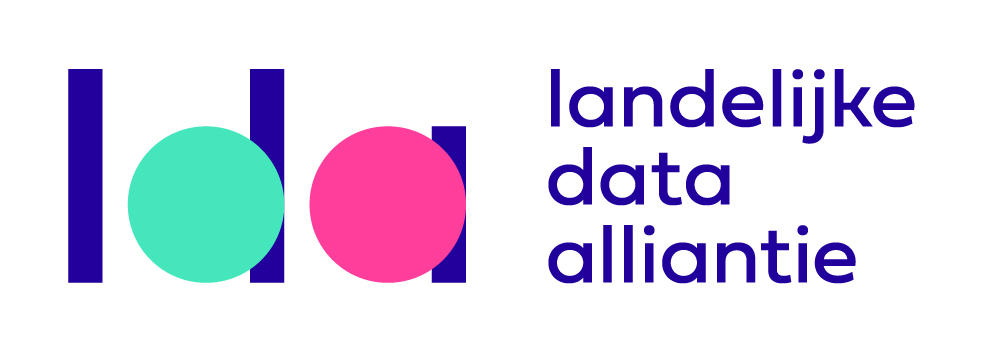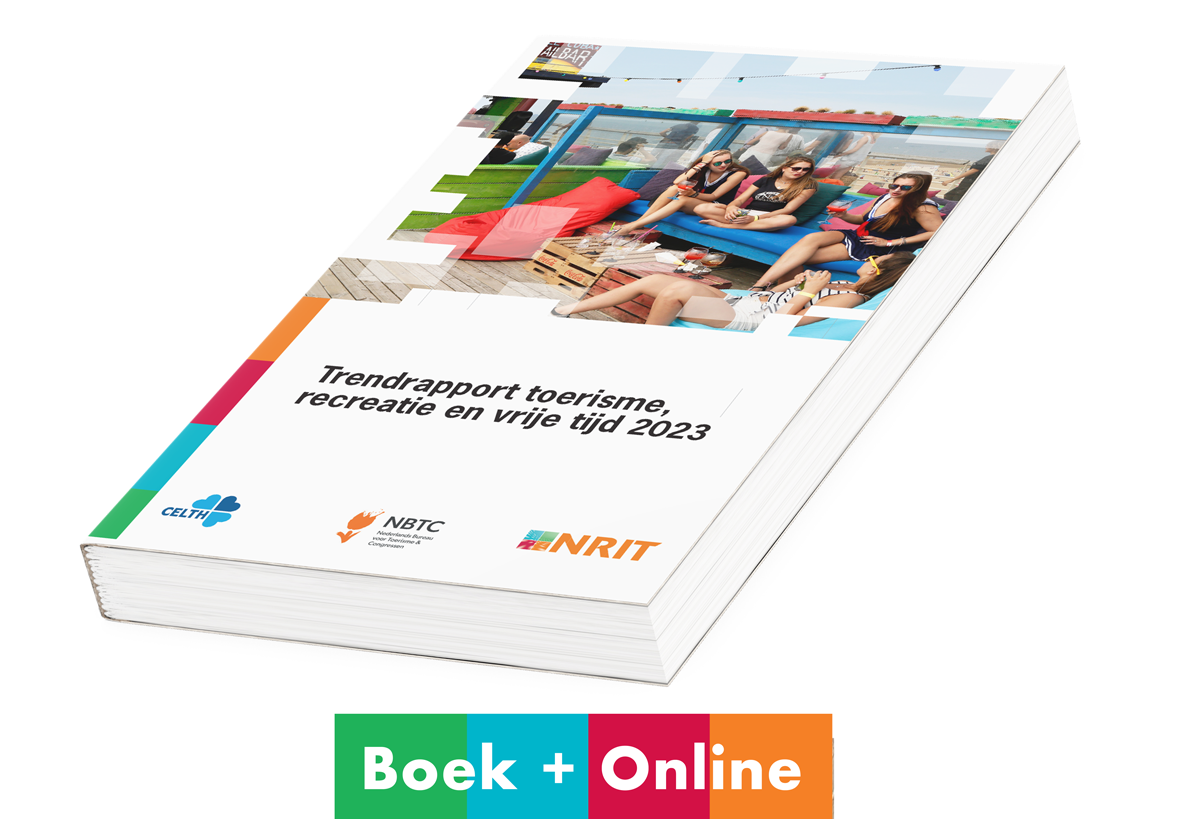The value of being there
Pop music venues and festivals in a digital future

How many people would never experience live music in their entire lives? How many would never be touched by being connected to a performing artist? Or, to cite the British sociomusicologist Simon Frith, "who [would say] they loved particular performers but had no desire to see them live?” (Frith, 2007). Obviously, live music is of great importance in the lives of many.
Martijn Mulder is Senior Lecturer of Leisure Management at Rotterdam University of Applied Sciences and recently finished his PhD on live music, as part of the POPLIVE project.
This statement is supported by the figures: between 2008 and 2016 the annual number of pop music gigs in the Netherlands increased from 17,000 to 29,000 and this remained roughly stable until the outbreak of the pandemic in 2020 (Mulder, 2023). During the two years that corona gripped our society, the only way to see an artist perform was via (live)streams. While this period obviously accelerated the development of livestreamed music, digital live music offerings were not new at the time. In classical music in particular, concert streaming was common before the pandemic, and when the biggest Dutch concert promoter Mojo announced their streaming concept Larger than Live in 2020, they stressed that this concept was already in development before the pandemic. Also, even before Travis Scott gave his much-discussed performance that was watched by 27 million people in Fortnite (in April 2020), this game already offered other animated live performances. However, although millions of people experienced concerts via their screens during the pandemic and many venues invested in equipment to provide high-quality streaming, this offer seems to have almost completely disappeared again after corona. The question is therefore: what is the role and impact of digitisation on the future of our venues and festivals?
POPLIVE
Despite the increased popularity of live music, the field of research on this topic is still underexplored. For this reason, the NWO/SIA-funded project POPLIVE was initiated by Erasmus University Rotterdam and Rotterdam University of Applied Sciences. The project consisted of three subprojects focusing on (1) artists and careers, (2) live music policy and (3) venues and festivals. This article stems from the last study, recently published as I was There! Pop venues and festivals and their value in the ecosystem of live music (Mulder, 2023). Although this study does not focus so much on the experience of digital live music (see, for example, the work of Femke Vandenberg (2023) for that), based on the analysis of the value of live music that is central to the book, it does provide insight into how that value relates to the digital offering.
Digital music consumption has almost completely replaced the physical music carrier market.
The symbolic value of live music
Live music can be considered a complex ecosystem centred on the stages on which the performance takes place, the venues and festivals. These are the focal points in the complex system of live music; everything that happens within the ecosystem of live music (from stage technology to ticketing and artist agencies) is in some way in the service of the performance itself. Therefore, their value proposition includes more than just being a facility for performance. They are also a crucial hub within the live ecosystem and are boosters and curators of pop music in general. The value of pop music in general consists for a significant part of symbolic value or symbolic exchange. The value of a Taylor Swift concert, for example, is not just a fixed commodity but a construct of multiple, changeable elements such as the artist’s appearance, time, place and the audience’s expectations. In live music, the venues and festivals where the gigs take place, are part of this symbolic value creation.
Digitalisation of music
Over the past decades, the music industry in general has been at the forefront of digitalisation. Digital music consumption has almost completely replaced the physical music carrier market, making music available in almost limitless quantities. An interesting consequence of this development is that the rise of digital music offering correlates strongly with the growth of the concert supply outlined above; there has in fact been a co-evolution of digital and live (Naveed et al., 2017). At the same time, digitalisation and advancing technologies affect the live music sector as we know it. The emerging market of digital concerts has recently been subject to debate in the music industries, particularly during the COVID-19 lockdown of cultural supply. This digitalisation affects both the transmission/reception of live music (e.g. livestream concerts) and the performance itself (e.g. hologram concerts) or both, as in the example of Travis Scott’s Fortnite performance.
Being there
Venues and festivals face the task of whether and how to adapt to these developments. During the pandemic, some venues invested heavily in equipment to livestream performances, and during those years there were even voices that livestreams and holograms could eventually replace traditional live offerings. However, based on the study ‘I was There!’, that view can be disputed. One of the main conclusions from this study is that physical copresence, being there, is the key element of concert experience. The concertgoer’s experience is built from the interaction between themselves, the artist/performance, and – depending on the visitor's motivations – their social company, the crowd as a whole and the physical characteristics of the concert location. The concept of liveness at a music concert is built on five elements: (1) corporal sensations, (2) collective experience, (3) immersion & disconnection, (4) uniqueness of the moment and (5) proximity to performer and performance. None of these elements can be perfectly simulated in a digital context. In other words, a true live music experience is a form of unmediated interaction and thus cannot be replaced by a (live)streamed alternative.
Physical copresence, being there, is the key element of concert experience.
This value of being there fits well within the broader context of a society in which elements such as experience, meaning-making and post-materialism are gaining importance (see e.g. Currid-Halkett, 2018). Consequently, if the abundance of (often freely) accessible creative content that digitisation has brought has led to anything, it is a growing demand for the physical live experience of that content. Arguably, this can be explained from the idea that in a society of abundance, the value of live experiences only increases, as these experiences are by definition tied to a physical presence or a specific place and moment and since these represent a high degree of symbolic value. Live experiences are inherently scarce and thus represent increasing value in an environment where there is less and less scarcity.
Reverse hybridity
This leads to the conclusion that venues and festivals should not primarily focus on digitising their offerings. Of course, entrepreneurs in the live sector need to adapt to the increasingly digitalised world. In doing so, however, digitising the concert offering itself is not the best way forward, as the (symbolic) value of a concert experience cannot be fully captured in digital offerings, and as the value proposition of venues is, at its core, not about producing digital offerings. Instead, venues and festivals should focus on optimising the power of physical live experiences. And if they do want to digitise, then there may be greater opportunities in what can be called reverse hybridity, where not the artist is physically present and the audience at a distance (as in most livestreaming concepts) but the exact opposite. Although this form of offering does not offer absolute liveness, it at least fulfils four of the five elements that construct the value of liveness. However, the real magic of live consists of the physical copresence and interaction between artist and audience, and the question is whether the (digital) future will ever change that.
Sources
- Currid-Halkett, E. (2017). Sum of Small Things. Princeton University Press.
- Frith, S. (2007). Live Music Matters. Scottish Music Review, 1(1).
- Mulder, M. (2023). I was There! Pop venues and festivals and their value in the ecosystem of live music. ERMeCC Erasmus University Rotterdam.
- Naveed, K., Watanabe, C., & Neittaanmäki, P. (2017). Co-evolution between streaming and live music leads a way to the sustainable growth of music industry – Lessons from the US experiences. Technology in Society, 50, 1–19.
- Vandenberg, F. (2023). All together now: Live (-streamed) music as collective practice. ERMeCC Erasmus University Rotterdam.






























































